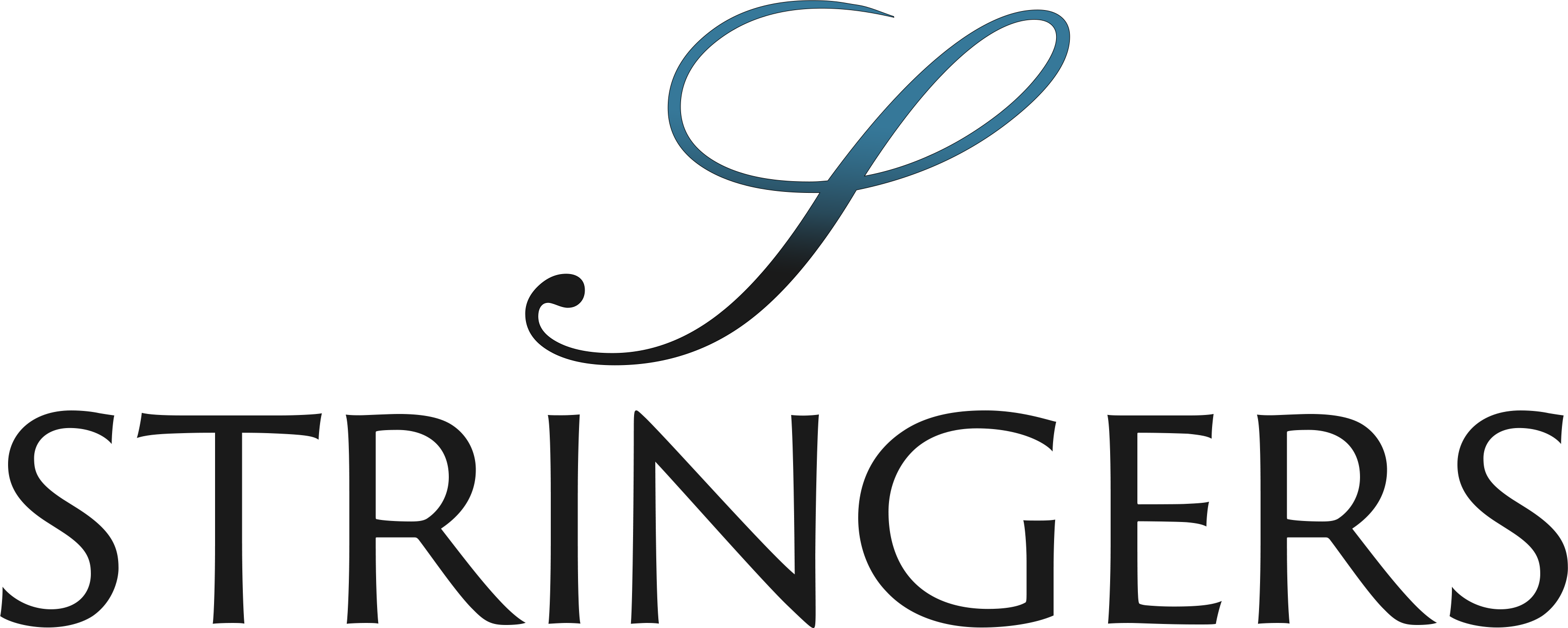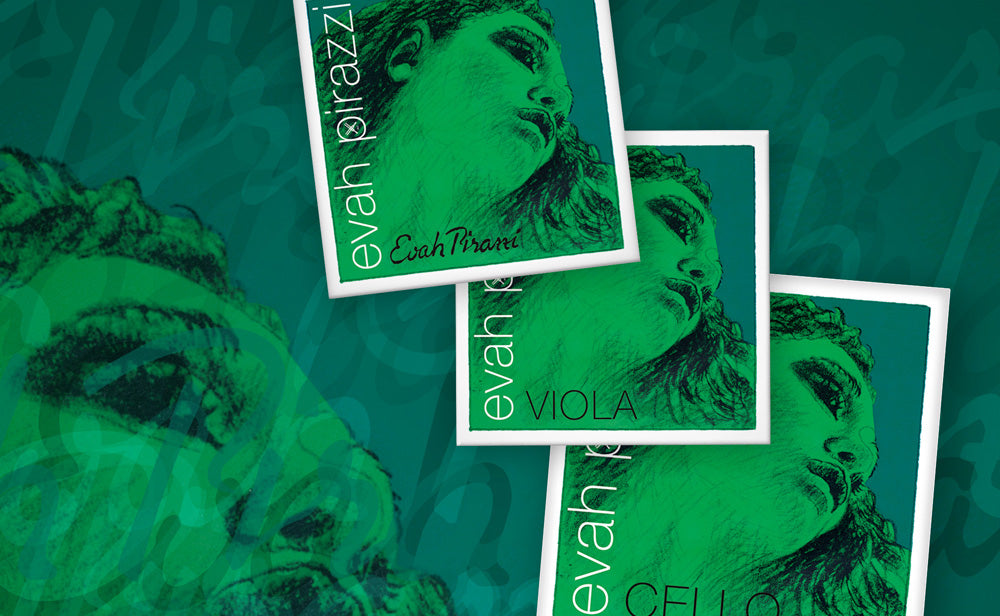Frequently Asked String Questions
What does ball/loop mean?
Some violin E strings and viola A strings come with the option of Loop-end, meaning they are designed for use with hook-type E fittings on tailpieces without a top string fine-tuner. Most student instruments require a ball-end string. Some string manufacturers now product removable ball end strings, and cello strings are all ball-end. Gut strings often have knotted ends.
What is gauge / tension?
Gauge refers to the thickness, or diameter, of the string. The greater the string’s diameter, the heavier it is, affecting tone and response to finger pressure and bowing. Tension is the horizontal force on a string between the nut and the tailpiece. Tension is also affected by the types of metals a string is wound with.
Medium tensions are the most popular choice. These strings are designed to bring a balanced response and tone.
Light or weak strings are thinner, so less tension is required to bring them to pitch. If your violin has a naturally heavy or dark sound quality, you might use light gauge strings to brighten the tone.
Heavy or strong strings require greater tension and they are less responsive but can create a more nuanced tone.



